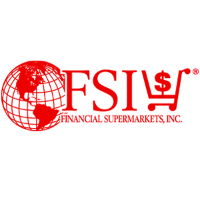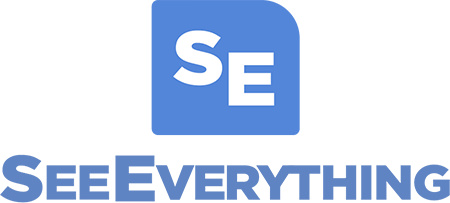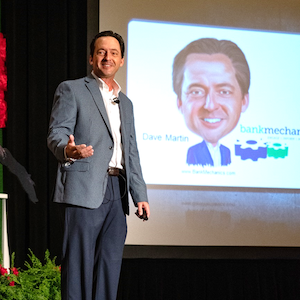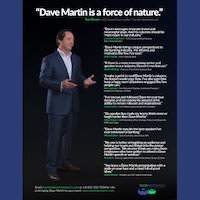 |
 |
Nothing can stop the man with the right mental attitude from achieving his goal; nothing on earth can help the man with the wrong mental attitude. » Thomas Jefferson
Better Latte Than Never
I found a full-page, color ad in the Wall Street Journal last week that I felt I had written. In March, I went off on a mini-rant about how befuddled I was over Starbucks intentionally commoditizing its flagship product.
I smiled as I checked-off the “differentiators” that I had listed before that were in this new ad. Let’s see: Support of coffee growing countries – check; generous benefits for employees – check; nice atmospheres – check; service excellence – check. Starbucks smartly makes their case about why their products cost a little more. They don’t apologize for their prices, they justify them.
Reading it, however, I found myself thinking that McDonalds must have them more worried than they let on. But that’s actually not a bad thing. For all of its past success, Starbucks has never truly had to engage in a marketing war. They are now in one with one of the best marketers in any industry. But they’ll be better for it. Starbucks is going to get better, leaner, more creative, and less snobby.
Watching this new battle of titans reminds me that the natural tendency of most products and services is to evolve towards commoditization. With all due respect to Starbucks, a McCafe’ latte and cappuccino hold their own against Starbucks.
Of course ordering a hot, non-fat, medium latte can be an adventure at my local Mickey D’s. Each time I hear a new voice on the intercom, I cringe. They almost always have to call for help. And one young lady practically argued with me that “They don’t come plain.” She insisted that my drink had to have a flavor “put in it.” But they’ll get better.
The various products banks offer, regardless of what name or logo we put on them, are almost always indistinguishable to customers. And being the perpetual “low-cost provider” is not a profitable (or practical) long-term model for most of us.
If you were asked to write an ad for your bank (or branch) similar to Starbucks’ latest, what would you highlight? What makes you and your team the right choice and best value for a customer? How are you conveying that information to customers today? Actually offering a differentiable type or level of service is important. But creatively and continuously reminding customers and employees of that fact is as important.
Always expect your competition to get better. And be ready for it.
Not That They'd Notice
One of the most repeated philosophical riddles is, “If a tree falls in a forest and no one is there to hear it, does it make a sound?” (I’d say no, but the rabbits and squirrels may disagree.)
In that vein, I’d ask in-store bankers the following: “If a customer visits your store but doesn’t notice or consider you at all, does that really count as ‘store traffic’ for you?”
I’ve long preached to banks that I’m not nearly as concerned about certain numbers as they are. Sure, I’d like branches to have as much square footage as possible. And, yes, the amount of rent paid each month is important.
But the number that is absolutely the most relevant to an in-store branch is the count of how many folks walk through the doors on a weekly basis. That is the valuable asset that a bank pays for. Our “rent” is actually a fee we pay for personal access to a retailer’s customer base.
It is therefore puzzling to me that I see so many branches in busy stores that communicate, well, not much of anything. Their signage is so small that only folks standing within a few feet (i.e. existing customers) can read it. Their employees seem to have that special skill many bad waiters and waitresses have. They can look all about and never actually make eye contact with anyone.
And when their branches are closed for the day, they more resemble a dark storage closet than a “billboard” in a valuable, high traffic location.
To be fair, traditional branches are not immune. If a person drives by a branch 10 times a week but never notices it, does that “traffic” really count? Or if customers’ “visits” to branches are allowed to become tedious tasks instead of engaging interactions, is customer loyalty helped or hurt?
Too many in-store bankers make a faulty basic assumption. They believe that customer awareness of their presence in a store is an absolute given. Frequent shoppers just have to know, right? What they fail to take into account is that they spend all of their time focusing on customers. Customers, however, spend practically no time focusing on them.
Take a few minutes this week to brush up on the basics. Remind customers through PA’s, fliers, promotional displays, personal conversations, and/or other methods that they are actually visiting a bank branch that has a full grocery store in its lobby for their convenience.
Make yourself hard to ignore.









